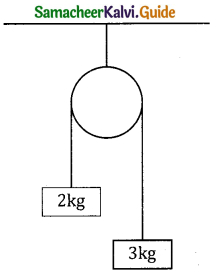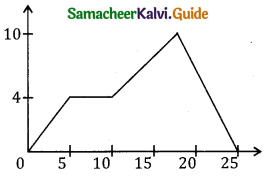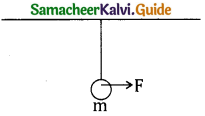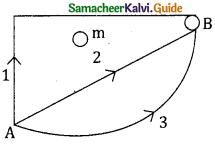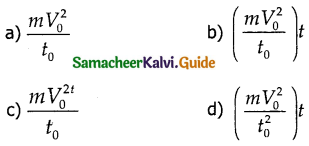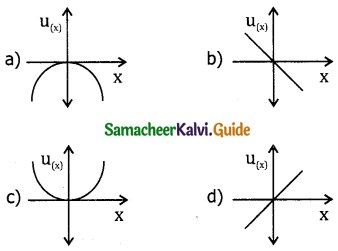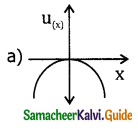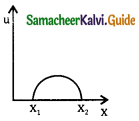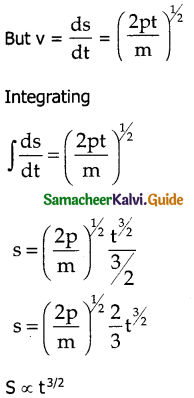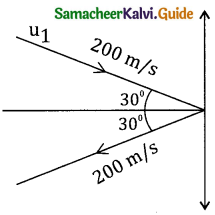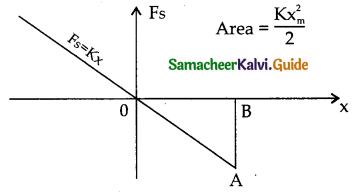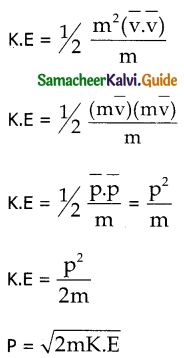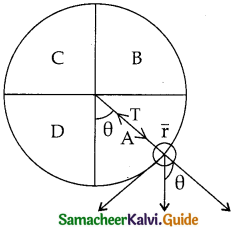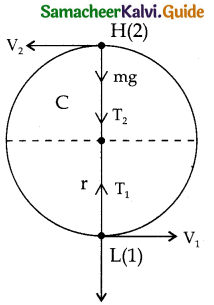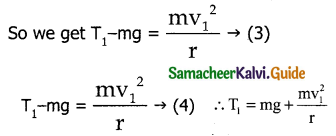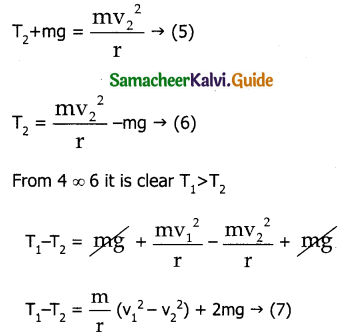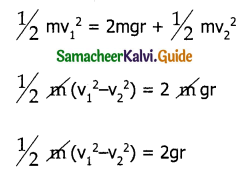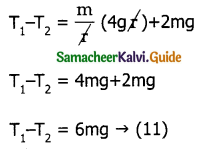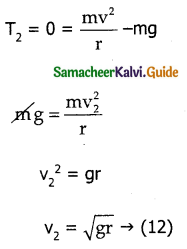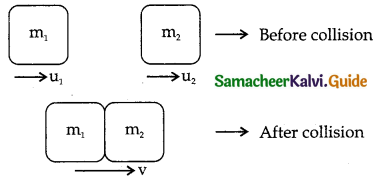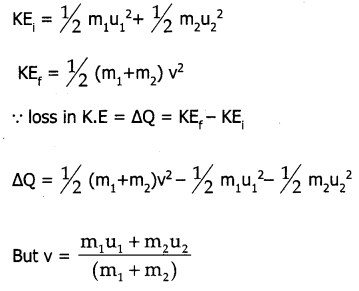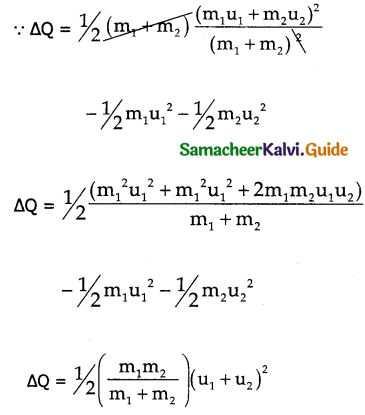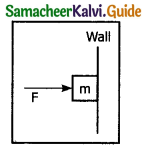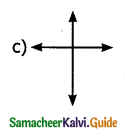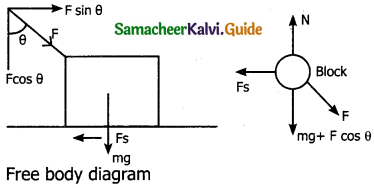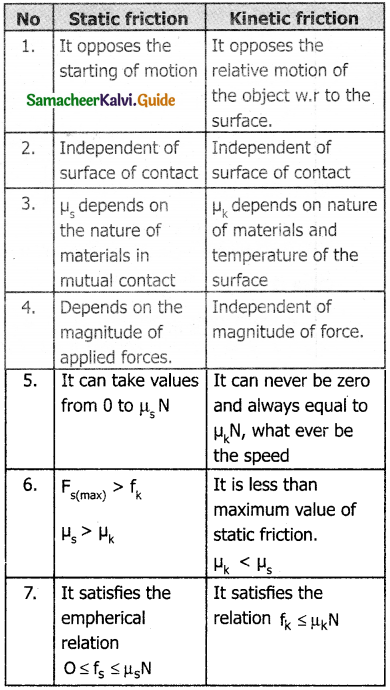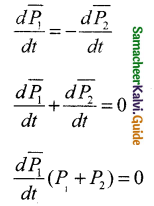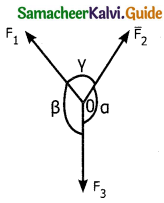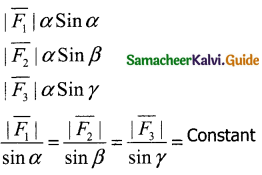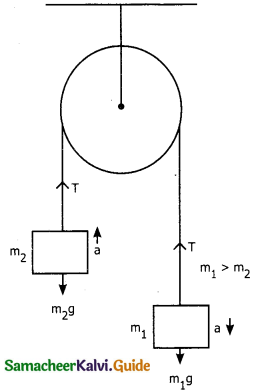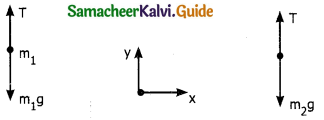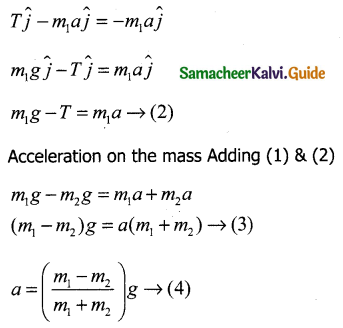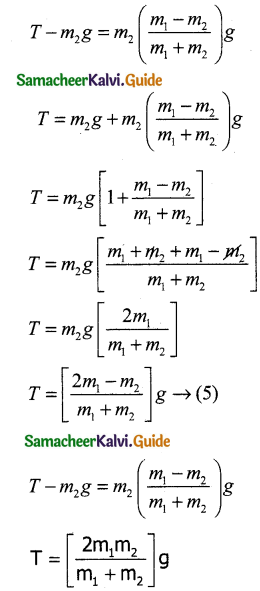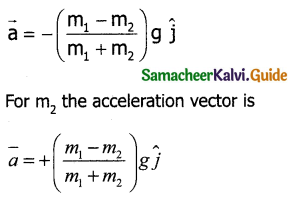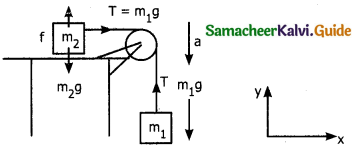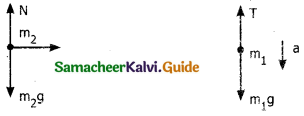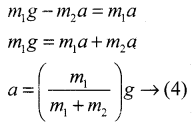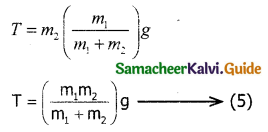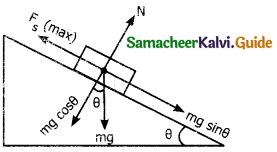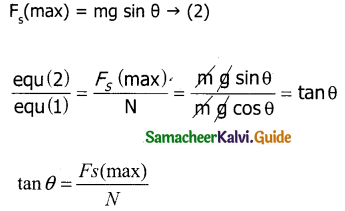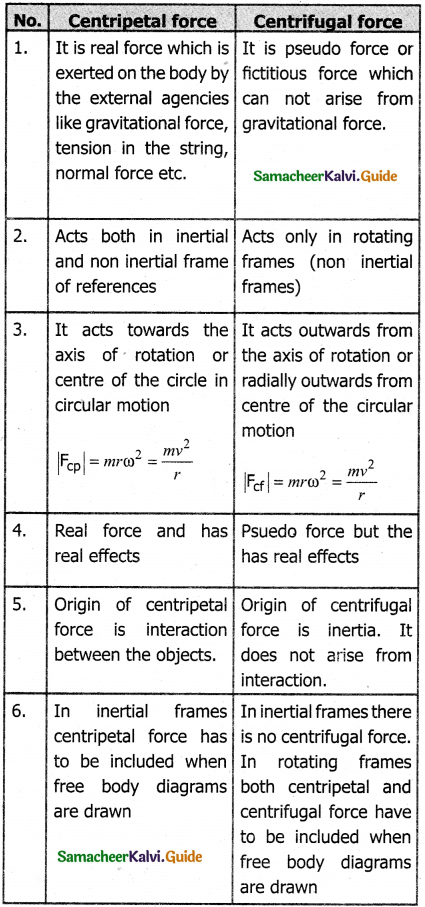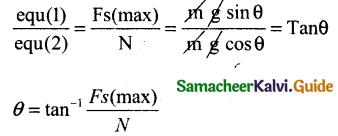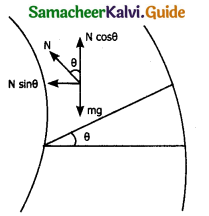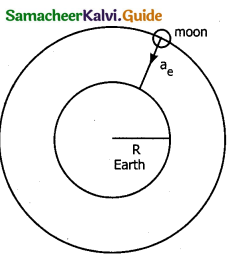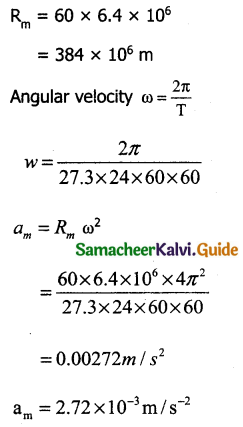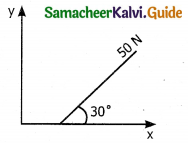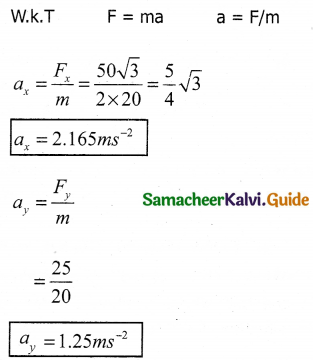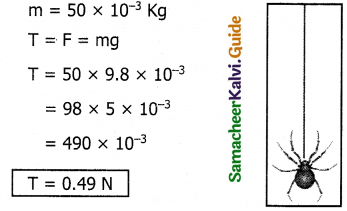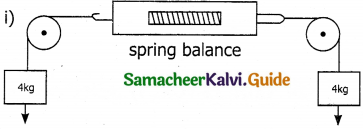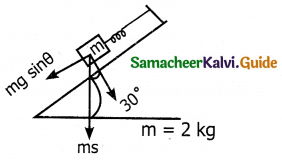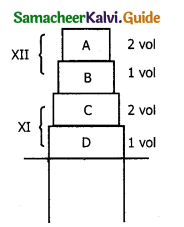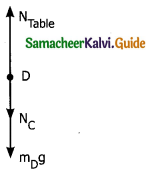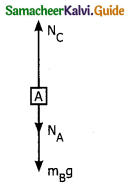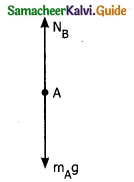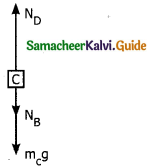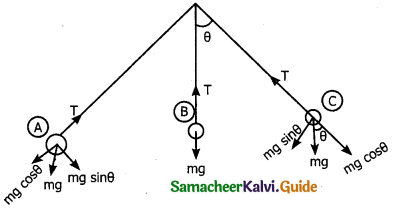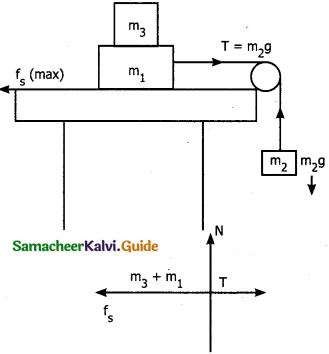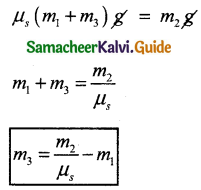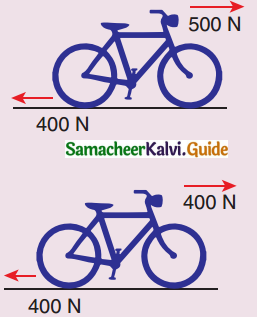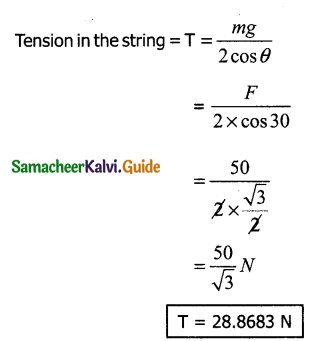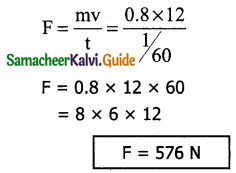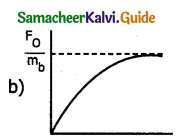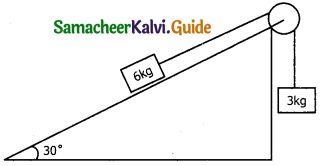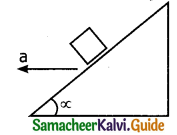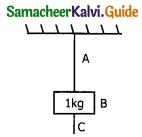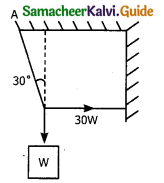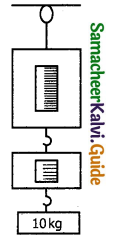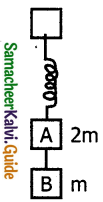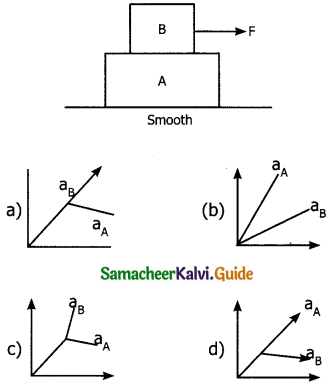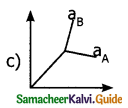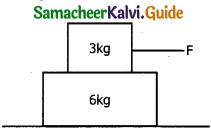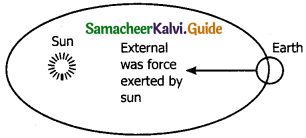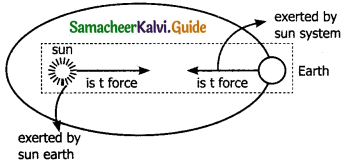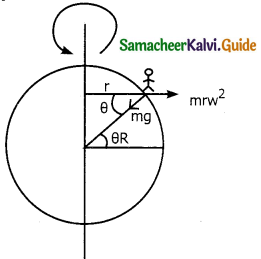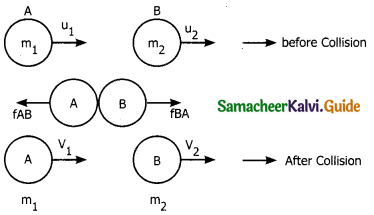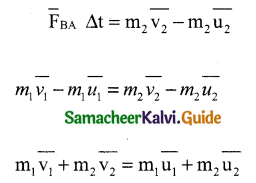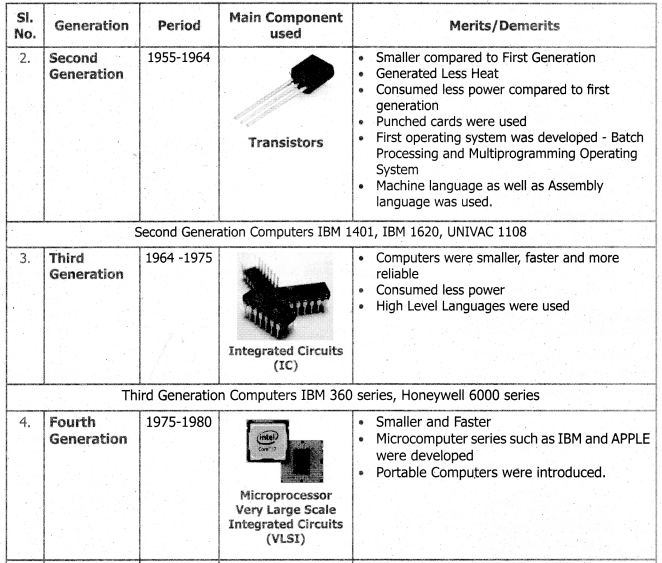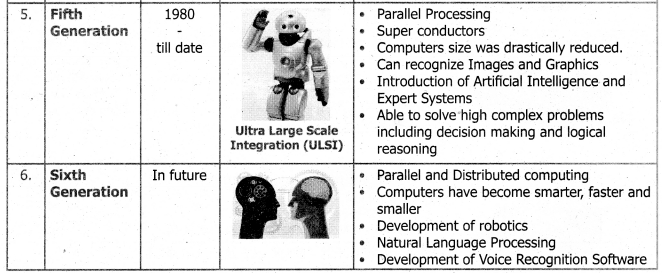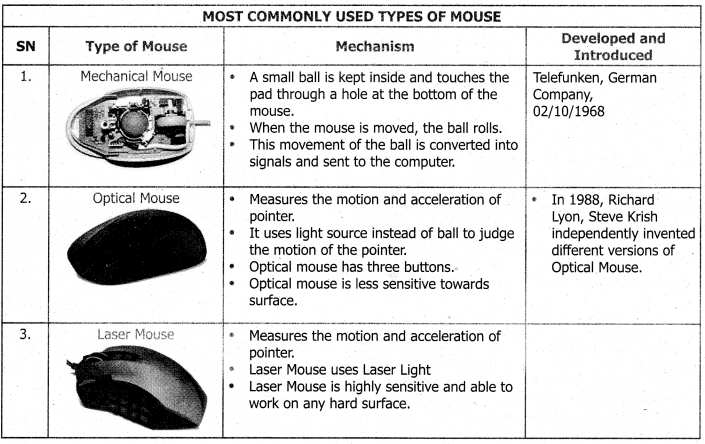Tamilnadu State Board New Syllabus Samacheer Kalvi 11th Commerce Guide Pdf Chapter 14 Transportation Text Book Back Questions and Answers, Notes.
Tamilnadu Samacheer Kalvi 11th Commerce Solutions Chapter 14 Transportation
11th Commerce Guide Transportation Text Book Back Questions and Answers
EXERCISE
I. Choose the Correct Answer
Question 1.
Transport removes the hindrance of
a. Time
b. Place
c. Person
d. Knowledge
Answer:
b. Place
Question 2.
Air consignment note is prepared in ……………….. forms
a. One
b. Two
c. Three
d. Four
Answer:
c. Three
![]()
Question 3.
…………………… is a document acknowledging the receipt of goods by a carrier.
a. Way bill
b. Consignment note
c. Charter
d. Bill of lading
Answer:
a. Way bill
Question 4.
Which is the fastest means of transport?
a. Rail
b. Road
c. Sea
d. Air
Answer:
a. Rail
II. Very Short Answer Questions
Question 1.
Define transport.
Answer:
According to KK Saxena, “the transport system acts with reference to the area it serves in the same way as a candle does in a dark room”.
Question 2.
State any two services rendered by transport.
Answer:
- It is a means to carry men and material from one place to another place.
- It removes the hindrance of place.
Question 3.
Write any two advantages of water transport.
Answer:
- It is considered the cheapest mode of transport among the other modes of transport.
- It is most suitable for heavy loads.
![]()
III. Short Answer Questions
Question 1.
What is a bill of lading?
Answer:
It is a document containing the terms and conditions of the contract of carriage. It is issued by the shipping company and signed by the captain of the ship. It acknowledges the receipt of the goods described in it. It is a document of title of goods. If the condition of the packages is good, a clean bill of lading is issued. If some of the packages are found damaged, a foul or clause bill of lading is issued.
![]()
Question 2.
What is the charter party?
Answer:
When goods are to be consigned in large quantity, it is advantageous to hire the whole or substantial part of the ship. The document through which this contract is made is known as ‘Charter Party’ may also be known as ‘Voyage Charter’ or ‘Time Charter’. The person who hires the ship is known as ‘Charter’. The charter becomes responsible to the third parties for the acts of the master and crew of the ship.
IV. Long Answer Questions
Question 1.
Explain different types of transport.
Answer:
Types of transport:
- Land Transport
- Water transport
- Air Transport
(a) Land Transport:
Transport of people and goods by land vehicles is known as Land transport. It is also called ‘Surface Transport’.
- Pack Animals: Animals like horse, mule, donkey, camel, elephant, etc., are used for carrying small loads in backward areas, hilly traces, forest regions, and deserts known as pack animals.
- Bullock Carts: It constitutes the predominant form of rural road transport in India for goods traffic and to some extent for passengers’ traffic.
- Road Transport: Road Transport is one of the most promising and potent means suitable for short and medium distances.
- Motor lorries and Buses: From the dawn of civilization, people have been endeavoring to form roads and use wheeled vehicles to facilitate the transport of men and materials.
- Tramways: It made their appearance in the 19th century as a form of transport suitable for big cities. Tramways were initially horse-drawn later steam – power and now electrically operated.
- Railway Transport: The invention of the steam engine by James Watt, revolutionized the mode of transport all over the world.
- Recent Trends in Transport: Metro Rail, Monorail, Bullet train, Pipeline Transport, Conveyor Transport, Ropeway transport, and Hyperloop transport.
(b) Water Transport:
“Water is a free gift of nature’. Human civilization through the gradual application of science and technology has utilized water resources for economic, political, and military activities.
- Inland Waterways: Inland Waterways comprise of rivers, canals, and lakes. It is also known as internal water transport.
- Ocean or Sea Transport: Ocean transport has been playing a significant role in the development of economic, social, and cultural relations among countries of the world.
(a) Coastal shipping
(b) Overseas shipping
- Liner
- Tramps
(c) Air Transport:
Air transport is the fastest and the costliest mode of transport. Commercial air transport is now one of the most prominent modes of overseas transport. Domestic and International flights are air travel.
Question 2.
Discuss the advantages of transport:
Answer:
It creates a place and time utility.
It increases the efficiency of production:
The object of production is consumption. Effective transport system creates time and place utilities and thereby influences the demand for goods and the value of goods. Thus, transport makes production efficient and purposeful.
It stimulates wants by increasing the quantity and variety of consumer goods:
It helps in getting commodities, which cannot be had or produced in a region due to unsuitable natural conditions. Without adequate and effective transport, goods cannot be had either in the quantities or varieties required in a complex economy.
It develops and expands the market:
The primary function of transport is to enable the physical distribution of goods at the global level. The distribution of goods must take place easily, economically, and speedily. It provides the chance of expanding the national land international market.
It helps in price stability by distributing goods all over the country:
It aids to economic growth The movement of raw materials, fuel, labour, and finished products and the mobility of capital and technical know-how, transport playing a remarkable role in the growth of all industries from agriculture to manufacturing.
It helps in specialization and mass production
Specialization means the division of complex process of production into a number of separate processes so that each person or group specializes in each and every process. It has been extended to the international level too.
It encourages innovations in product production and designing
It provides plenty of opportunities for the producers to produce their product in innovative and creative ways, to catch up with the wider market, and reap more profit.
![]()
11th Commerce Guide Transportation Additional Important Questions and Answers
I. Choose the Correct Answer
Question 1.
Which one is not land transport?
(a) Pack animals
(b) Bullock cart
(c) Tramways
(d) Liner
Answer:
(d) Liner
Question 2.
……………………. is a document prepared by the consignor, handed over to the carrier of goods, while transporting good through airways.
a) Promissory Note
b) Bill of Lading
c) Consignment Note
d) Airway Note
Answer:
d) Airway Note
![]()
Question 3.
Who is the inventor of the steam engine?
(a) James Watt
(b) Haney
(c) Wheeler
(d) Thomas
Answer:
(a) James Watt
Question 4.
…………………… is an acknowledgment of receipt of goods for transport by the carrier.
a) Carrier bill
b) Receipt
c) Bill of Lading
d) Waybill
Answer:
d) Waybill
II. Very Short Answer Questions
Question 1.
Write any two disadvantages of air transport.
Answer:
- It is a very costly mode of transport. The rates and fares charged by which are beyond the reach of common people.
- Aircraft are not quite suitable for carrying heavy loads and weights.
Question 2.
What are Pack Animals?
Answer:
Animals like horses, mules, donkey camel, and elephants, etc., are used for carrying small loads in backward areas, hilly tracks, forest regions, and deserts known as pack animals.
![]()
Question 3.
What do you mean by Ropeway transport?
Answer:
A Ropeway is another means of transport in naval lifting devices. It can be operated in a place where road construction is impractical and costly.
Question 4.
What is Monorail?
Answer:
A monorail is like a train, but instead of having two sets of wheels that balances on a railway track, the monorail is balanced on top of one rail. Monorails are often used to transport people around large cities.
Question 5.
What are Domestic Flights?
Answer:
Flights from one point to another within the same country are called domestic flights.
![]()
Question 6.
What are International Flights?
Answer:
Flights from a point in one country to a point in a different country are known as international flights.
III. Short Answer Questions
Question 1.
What do you mean by a common carrier?
Answer:
A common carrier is a person who is engaged in the business of carrying goods for hire indiscriminately for all persons. There are organizations transporting goods on designated routes according to a fixed regular schedule, offering to transport goods for hire for all people without discrimination.
Question 2.
Write a note on Indian Railway.
Answer:
Indian Railway is the largest Railway Organization in the world. The Indian Nationwide network, the 4th longest in the world, is owned and operated by State-Owned Indian Railways and includes an operating route length of more than 65,000 Kms. The network carried about 8 billion passengers (the highest in the world) in 2013.
![]()
Question 3.
What is the difference between International Shipping and Overseas Shipping?
Answer:
International shipping can be between countries that are connected by land. For Example, Foreign trade between India and Bangladesh. Overseas shipping means the package has to cross the ocean. For Example, International trade between India and South Africa.
Question 4.
Write a note on ‘Air Rescuers’.
Answer:
“Air Rescuers” was established in the year 1999 for superior patient transfer through Air Ambulance and an elevated standard of care and management through Air Ambulance India. The Air Ambulance services are available in Delhi, Mumbai, Kolkata, Hyderabad, and Chennai.
![]()
Question 5.
What do you mean by Common Carrier?
Answer:
A common carrier is a person who is engaged in the business of carrying goods for hire indiscriminately for all persons.
IV. Long Answer Questions
Question 1.
What are all the advantages of Railway Transport?
Answer:
- Railways are well suited for carrying heavy and bulky goods over long distances.
- It can provide long-distance travel throughout the day and night with unbroken services.
- It can provide better production and safety to the goods than motor transport. The goods generally carried in closed wagons are not exposed to sun, rain, etc.
- Though the initial investment is large, in the long run, the operating expenses will be very low in railways and it will prove a cheaper mode of transport. It requires less time than motor transport for carrying goods over long distances with greater speed.
- It has a regular schedule of timing and is available throughout the year. 6. It provides unaffected services whether rainy or shinny weather conditions.
Question 2.
Write a note on Inland Waterways.
Answer:
Inland Waterways comprise rivers, canals, and lakes. It is also known as internal water transport. Rivers that are naturally navigable are called natural waterways. Canals and canalized rivers belong to the category of ‘Artificial Waterways’. Generally, small boats and steamers are operated on rivers to transport people and goods. Where rivers are deep enough, large ships can also play on them. Canals are manmade waterways, constructed for the twin purposes of navigation and irrigation.
![]()
Question 3.
Explain the advantages of Inland Waterways?
Answer:
The following are the advantages of inland Waterways:
- It is considered the cheapest mode of transport among the other modes of transport.
- It carries goods smoothly due to the absence of shaking and jolting during transit. It is eminently suitable for the carriage of fragile goods like glassware, earthware, etc., without causing damage.
- It is most suitable for heavy loads.
- There is lesser pollution in water transport.
- Iñitial investment in river services, as well as expenditure on their maintenance, is much lesser as compared to road and rail transport.
Question 4.
Explain the types of Ocean Transport:
Answer:
Ocean transport may be divided into two broad categories, a) Coastal shipping constitutes an important means of transport in all countries having a long coastline. It is a cheap means of transport for the movement of bulky cargoes like coal, iron ore, etc.
to domestic ports of the country. Usually, The coastal shipping trade of a country is reserved for national shipping. In India, the Coastal shipping trade is now exclusively reserved for Indian ships. b) Overseas shipping It means the passengers and goods have to cross the ocean. For Example India export goods to America.
![]()
Question 5.
Explain the classification of Ocean-Going Ships:
Answer:
Ocean-going ships may also be divided into two, namely Liners and Tramps:
Liner:
An ocean liner is a passenger ship primarily used as a form of transportation across seas or oceans. Liners may also carry cargo or mail, and may sometimes be used for other purposes (e.g., for pleasure cruises or as hospitals ship).
They sail to schedule, whether they have a full load or not. They follow defined routes with fixed places and times of call. The regularity of service, god sped and luxurious facilities to passengers are the specialties of liners. There are two types of liners, namely, Passenger liners and Cargo liners.
Tramps:
Tramps are essentially cargo vessels. See the picture above. They have no set routes. They do not follow any timetable. They sail only when they get sufficient load. They sail at any time and carry cargoes for almost any ports.
Question 6.
What are all the major types of commercial ships?
Answer:
- General cargo ship
- Oil vessels
- Bulk carriers
- Passengers ships
- Container ships
- Ferryboats
- Auto carrier
- Tow and tug boats
- Tankers
- Specialized ships
- Fishing vessels
Question 7.
Explain any two documents used in Transportation:
Answer:
Way Bill:
The waybill is an acknowledgment of receipt of goods for transport by the carrier. The carrier, accepting goods for transport, issues waybills in the name of the consignors or consignees. It serves as evidence of the contract of transport. It is also a document of title of goods. The ownership of goods represented by a waybill can be transferred by endorsement and delivery of the waybill. If a waybill lost, the consignee will be allowed to clear the goods from the carrier after he executes an indemnity bond.
Railway Receipt:
A railway Receipt is an acknowledgment of receipt of goods by the railway for transporting. It serves as a document of title of goods, viz., it shows the title of its holders of the goods. It may be issued in the name of the consignor or consignee. Only on presentation of the railway receipt, the railways will deliver the goods. If’railway receipt is lost, the consignees can obtain the goods from the railway by executing an indemnity bond. Ownership of the goods can be transferred by endorsement and delivery of the receipt.
![]()
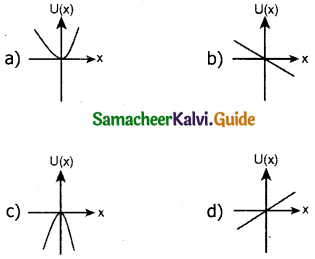
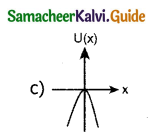
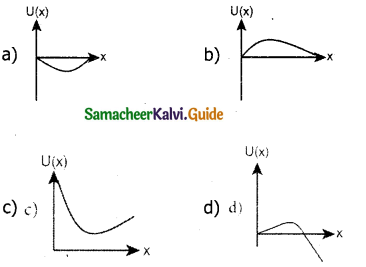
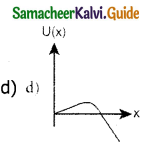

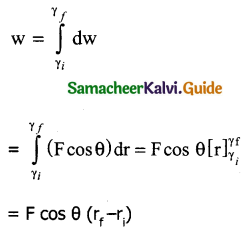
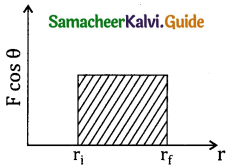

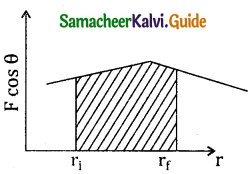
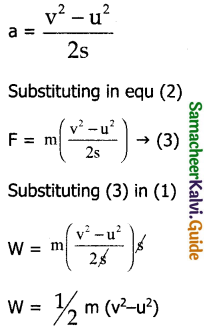
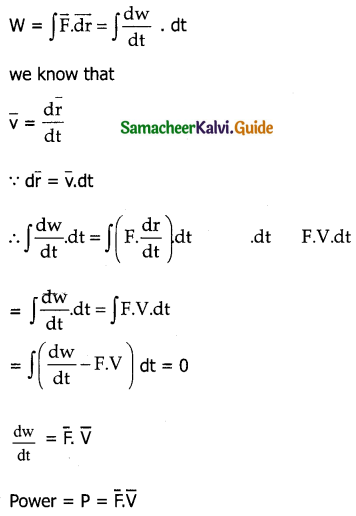
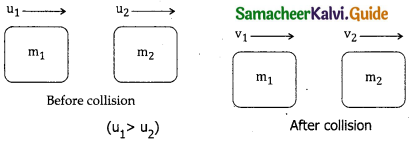
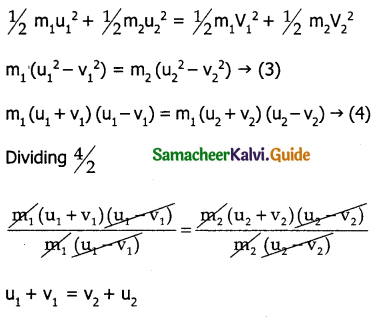
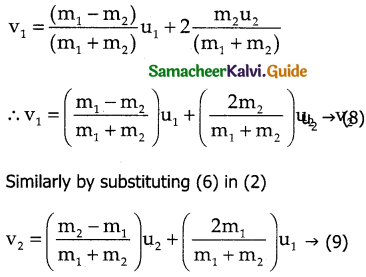
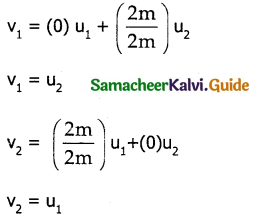
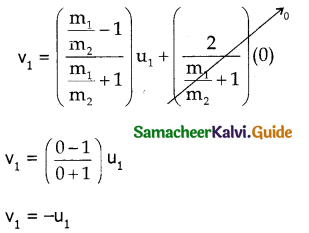
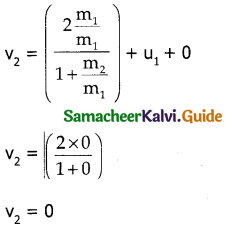
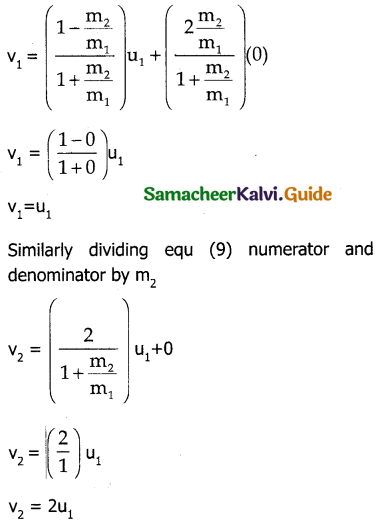
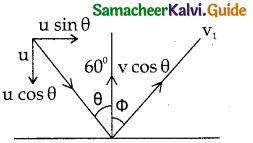
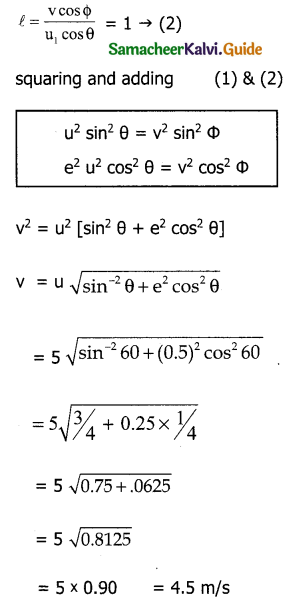
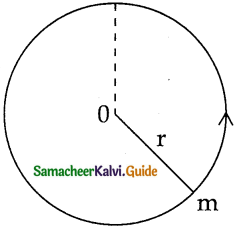
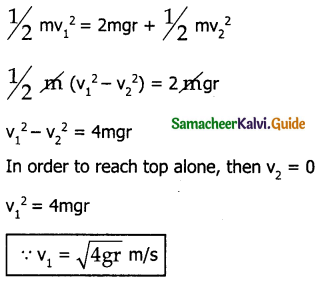

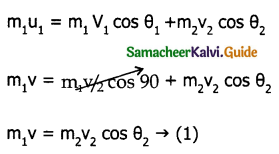
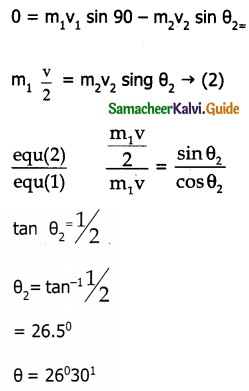
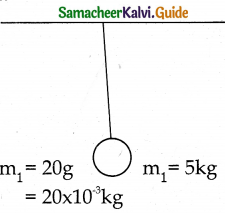

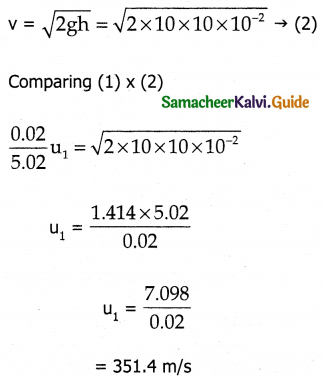
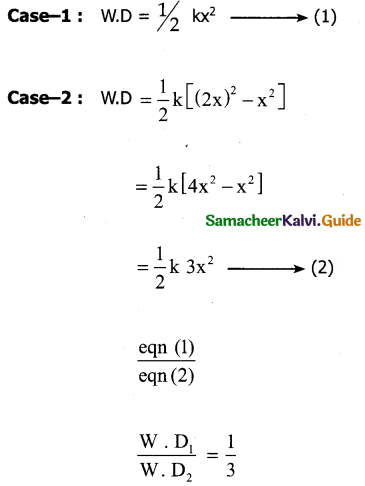

 For the surface μ = 0.4, The work done by applied force, frictional force and net force are
For the surface μ = 0.4, The work done by applied force, frictional force and net force are